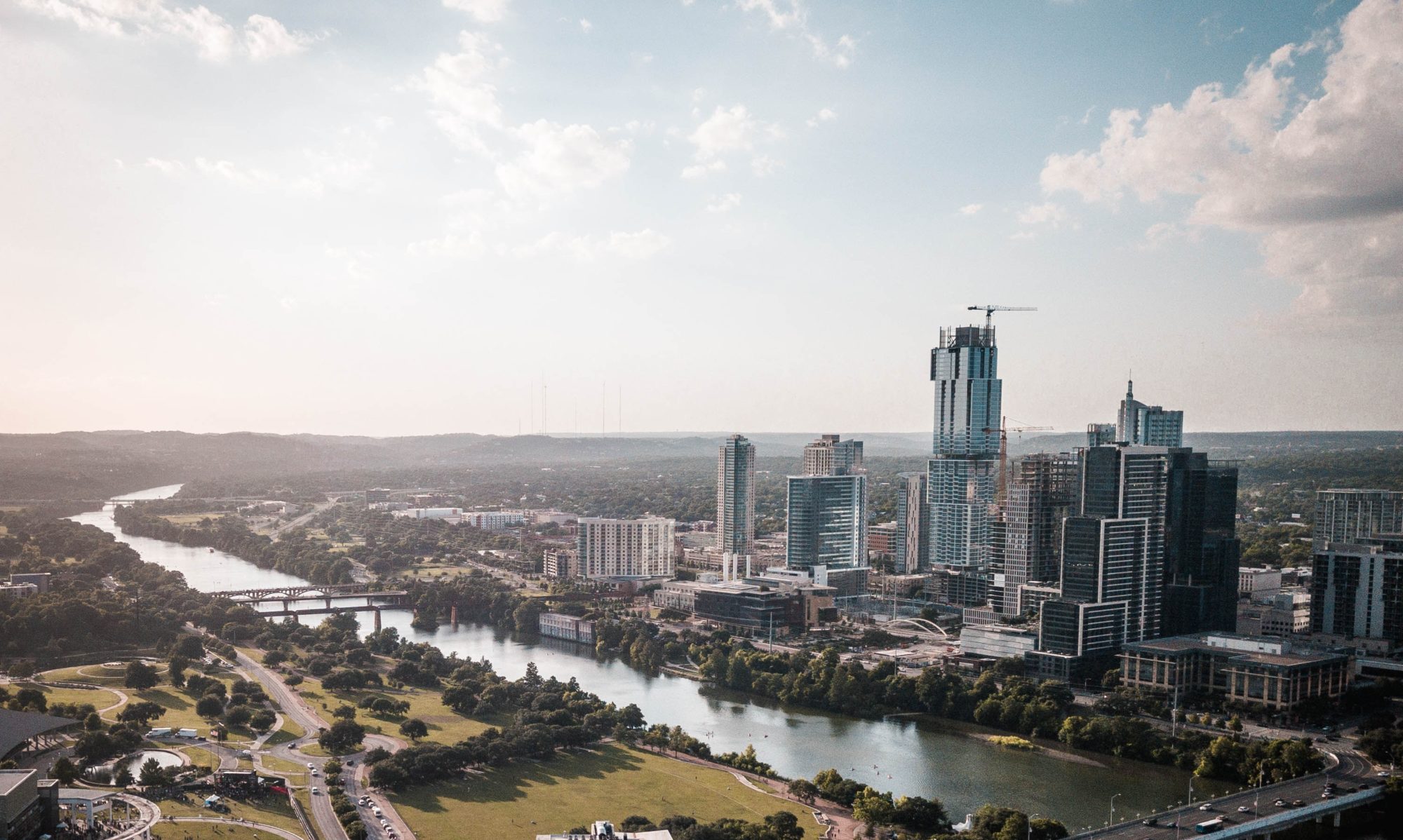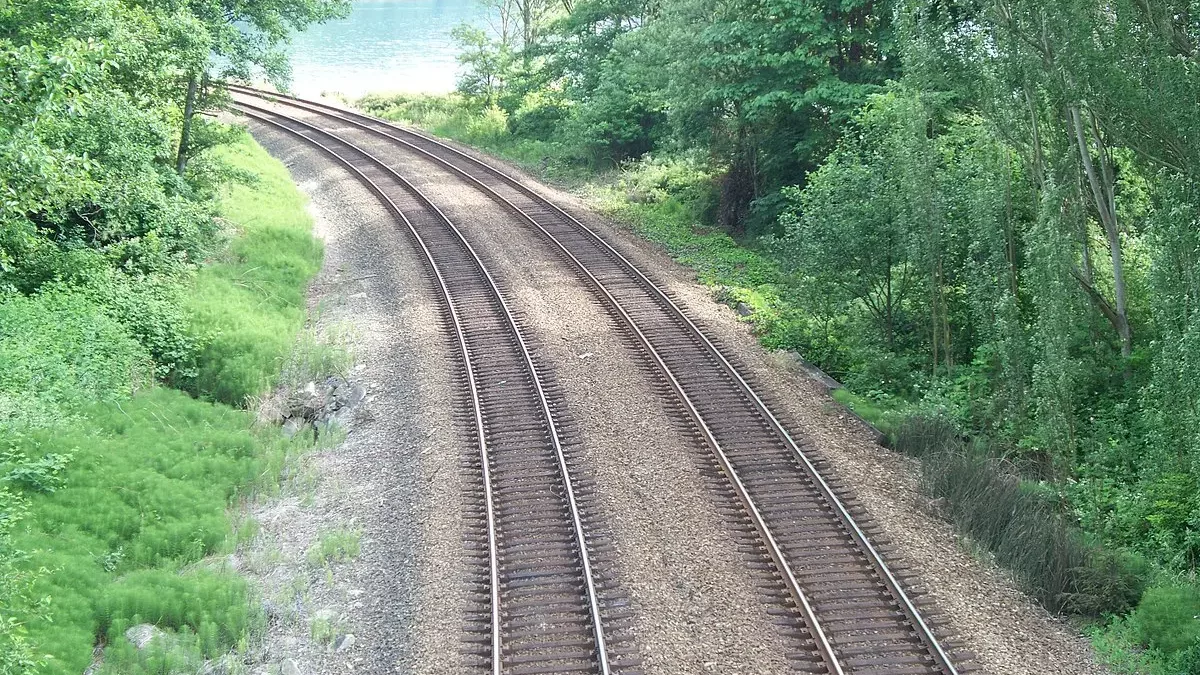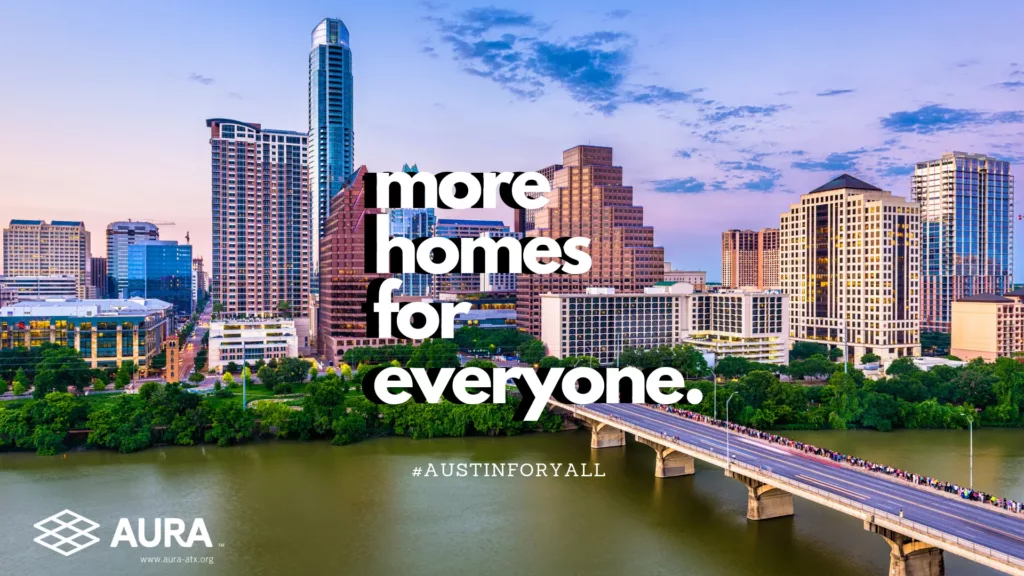
HOME: Finding Missing Middle Housing in Austin
On December 7th, a slate of pro-housing land use reforms in Austin will be coming before the City Council for a vote. The HOME (Home Options for Middle-income Empowerment) initiatives were introduced as resolutions earlier this year, passing easily with the support of 9 out of 11 Council Members. Phase 1 is now coming back from staff as ordinances to be enacted into law, and we need your help showing support. You can easily email your council member here.
What is HOME Phase 1?
HOME Phase 1 introduces reforms to address Austin’s dearth of middle-income housing, specifically by allowing:
- Three Units by Right: increasing the allowable dwelling units per single-family lot to three on all single-family zoning categories (up from two currently).
- Tiny Homes: making it easier to have a tiny home as a dwelling unit on a lot.
What do these reforms do? HOME Phase 1…
- Does enable more affordable homes to be built because the amount of land required per unit will be smaller
- Does create opportunities for seniors to age in place by providing different housing options
- Does stabilize families by giving existing homeowners options for additional income streams
- Does expand flexible housing options, allows families to stay together in intergenerational households
What do these reforms NOT do? HOME Phase 1…
- Does not ban or eliminate single-family homes
- Does not force a change in the size of an existing single-family lot
- Does not change impervious cover limits and tree ordinances
- Does not alter, affect, or propose to alter or affect, any part of the Save Our Springs ordinance
- Does not infringe on deed restrictions or HOAs
- Does not force anybody to build any additional units on their property
Why are these housing reforms needed?
- HOME Phase 1 is a modest first step toward legalizing more affordable housing that’s attainable for middle-income workers including teachers, firefighters, EMS medics, nurses and government workers.
- HOME will help create more affordable housing options by reducing the amount of expensive urban land required per home and encouraging smaller homes that are more affordable.
- Austin cannot meet its affordability, climate, equity, and transit goals without adding more housing and more affordable housing types in the urban core.
- If we want to maintain Austin as a diverse, sustainable, and thriving community, we need to make changes to our housing policy that enable our city to create more housing opportunities for all.

Austin’s Affordable Housing Crisis Demands Action Now
Austin is in a housing crisis, with sales price and rents skyrocketing, robbing many Austinites of the ability to access affordable and safe housing or become homeowners.
Consider these facts:
- The median price of a single-family home in the City was $541,000 as of August, — 35% higher than August 2019 even with prices below their pandemic peak.
- People need to make nearly $65,000 a year to afford the average rent and approximately $180,000 a year to afford to buy the median-priced home in Austin. ABOR’s Truth about Missing Middle Housing Report
- The city is short nearly 152,000 homes considered affordable enough for two-person middle-income households—a shortage that’s even more drastic for families of four at that income level. Truth about Missing Middle Housing Report
- About half of the cost of a single-family home in Austin comes from the land. Allowing more units per lot reduces per unit land costs. Cost of Housing in the City of Austin Report
- The National Association of Home Builders’ Priced-Out study, released in March of this year, reports that 73% of households in the Greater Austin MSA (817,808) are unable to afford the median home price of a new home ($447,001). Additionally, for every $1,000 increase in the cost of a home, 1,166 additional households are priced out.

Austin’s Transit Goals Require More Compact, Walkable Neighborhoods
Adding smaller, more affordable homes in the urban core will encourage more walking, biking and transit use—crucial for Project Connect’s success and Austin’s general goal of being multimodal city. Austin is investing in bike lanes, sidewalks and trails but too many people can’t use them for day-to-day activities because they live too far from work and other routine destinations. Adding gentle density through HOME reforms will make neighborhoods more vibrant, which will make more people want to walk and bike.
Consider these facts:
- Car ownership costs more than $10k a year. Enabling more people to live near transit is key to increasing affordable housing options.
- Austin must allow more people to live and work near transit for Project Connect to succeed — both in terms of securing federal funding to build it and attracting enough riders to become self-sustaining.
- The federal government wants to see an average of 35 housing units per acre within a .5 mile radius around train stops and 20 housing units per acre within .5 miles of BRT routes.
- The federal government appears favorable to the Project Connect design but our housing density today falls short of these goals, which could lower the chances of Austins securing federal funding to complete Project Connect quickly.
- Bus Rapid Transit needs a minimum of 17 people per gross acre living/working rail needs closer to 50 or 60. The average density in Austin is less than 5 people living/working per gross acre. (Puget Sound Regional Council)

Austin’s Climate Goals Cannot be Met Unless We Reduce Sprawl
Adding more compact housing near transit is the only real way Austin can fight climate change and make meaningful progress toward its Climate Equity Plan goals. Austin has already adopted advanced environmental standards in conjunction with the changes proposed in the HOME Initiative, but we will be unable to meet those standards on our present course. Repeated studies show that denser cities lead to lower CO2 emissions per capita (Mother Jones, Harvard’s Kennedy School, Science Direct).
Consider these facts from Environment Texas’ Growing Greener report:
- Transportation and electricity used in buildings are our community’s largest sources of emissions.
- People living in compact neighborhoods drive 20-40% less than those living in sprawling neighborhoods, using less energy and reducing air pollution.
- Duplexes (and low-rise apartments) use half as much energy as single family homes per capita.
- Reducing the amount of land per house can also reduce the demand for watering and other outdoor uses, which account for more than a fifth of Austin’s annual water consumption.
- Compact development reduces runoff and can help mitigate flooding.

Austin’s Housing Rules Perpetuate Inequities
Austin is one of the most economically segregated cities in the nation, and home prices are the biggest barrier to integrating neighborhoods. Our outdated housing regulations create artificial scarcity that reinforces the status quo and limits access to public space and amenities. The HOME Initiative creates more housing opportunities throughout Austin, including high opportunity areas where residents have access to better amenities and services.
- As of the 2020 Census, White homeownership (52.2%) is 1.8 times higher than African American homeownership (28.2%) and 1.4 times higher than Hispanic/Latino homeownership (36.5%).
- Families of all races, ethnicities and makeups struggle to afford housing in Austin, but Black and Hispanic households often struggle more because they make less. The median Black household earned just 54 cents for every dollar of income the median White household earned in 2019 , while the median Hispanic household earned just 60 cents.
- Exclusionary single-family-only zoning doesn’t just limit where people can live, it also limits where their kids can go to school and their access to jobs and transit.
